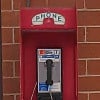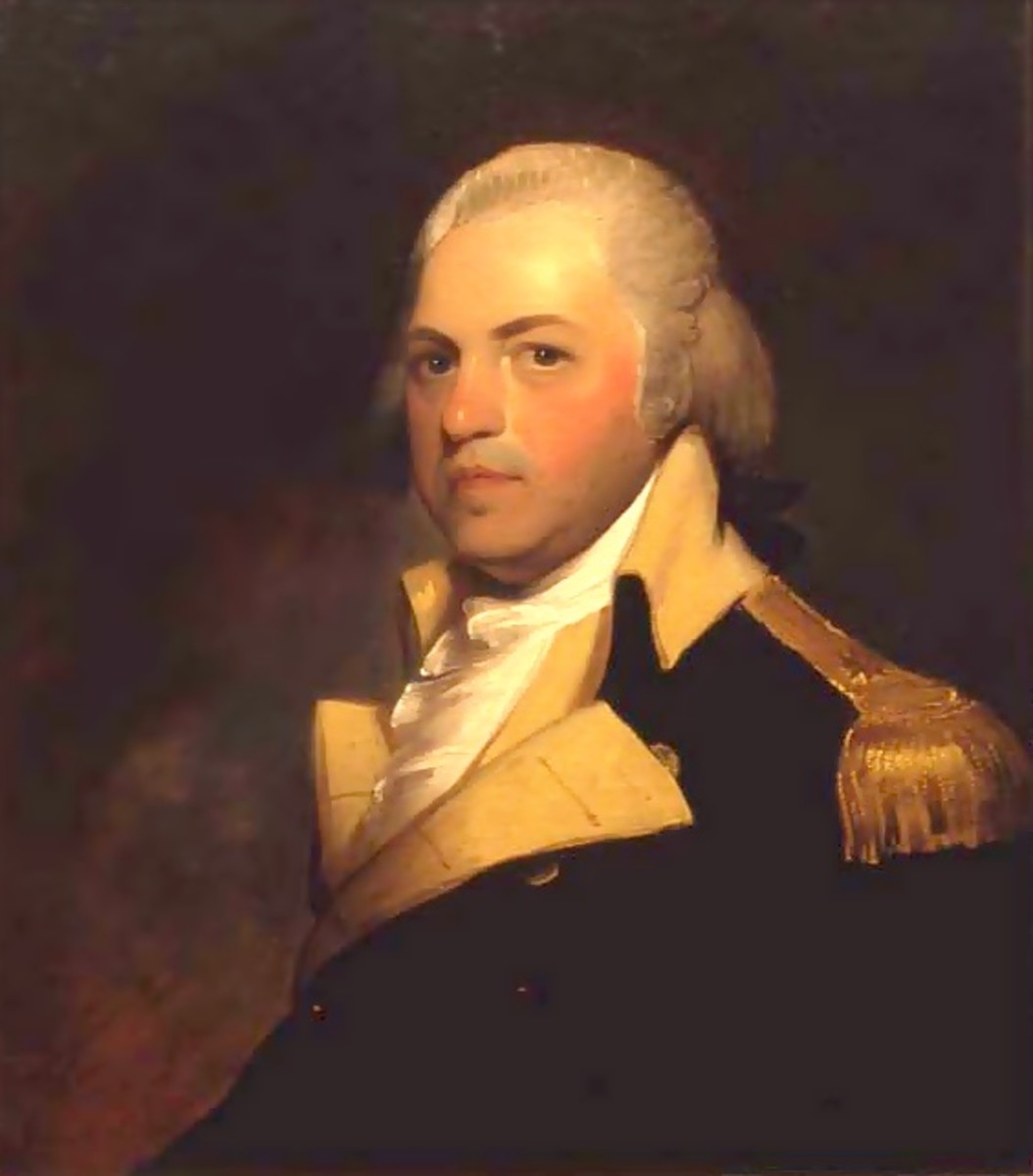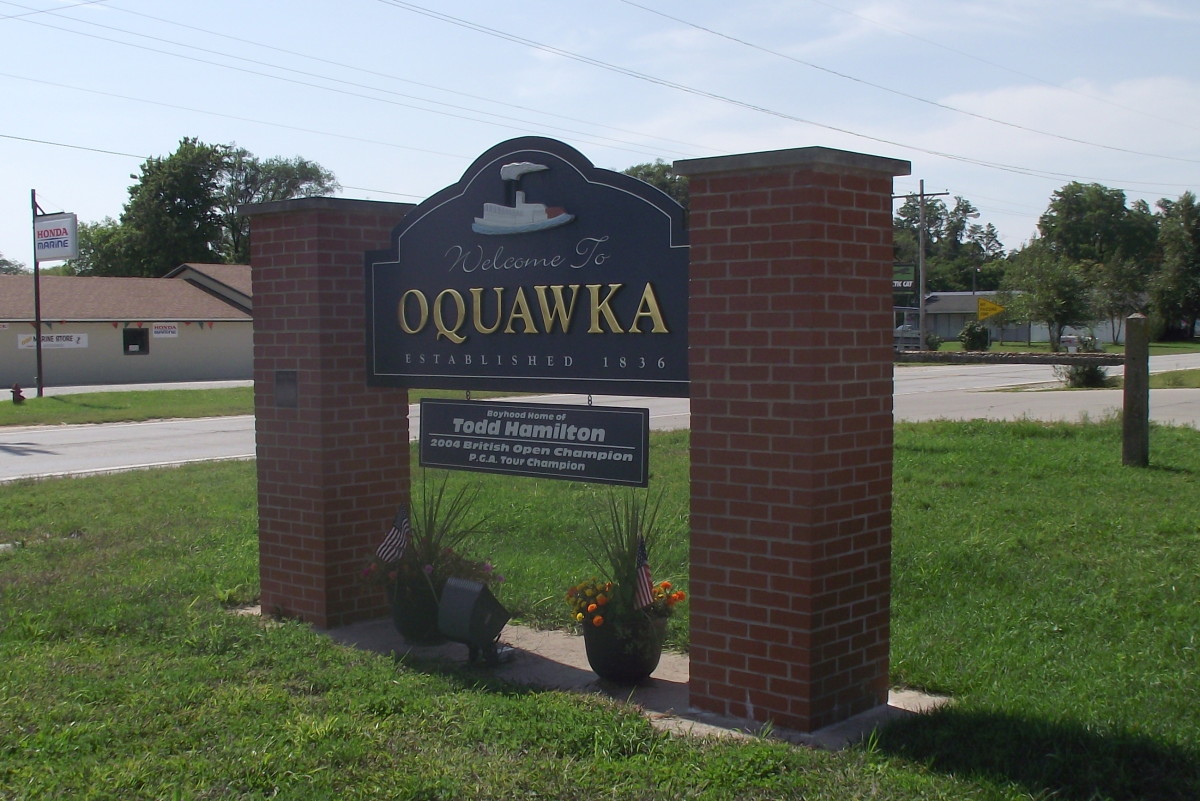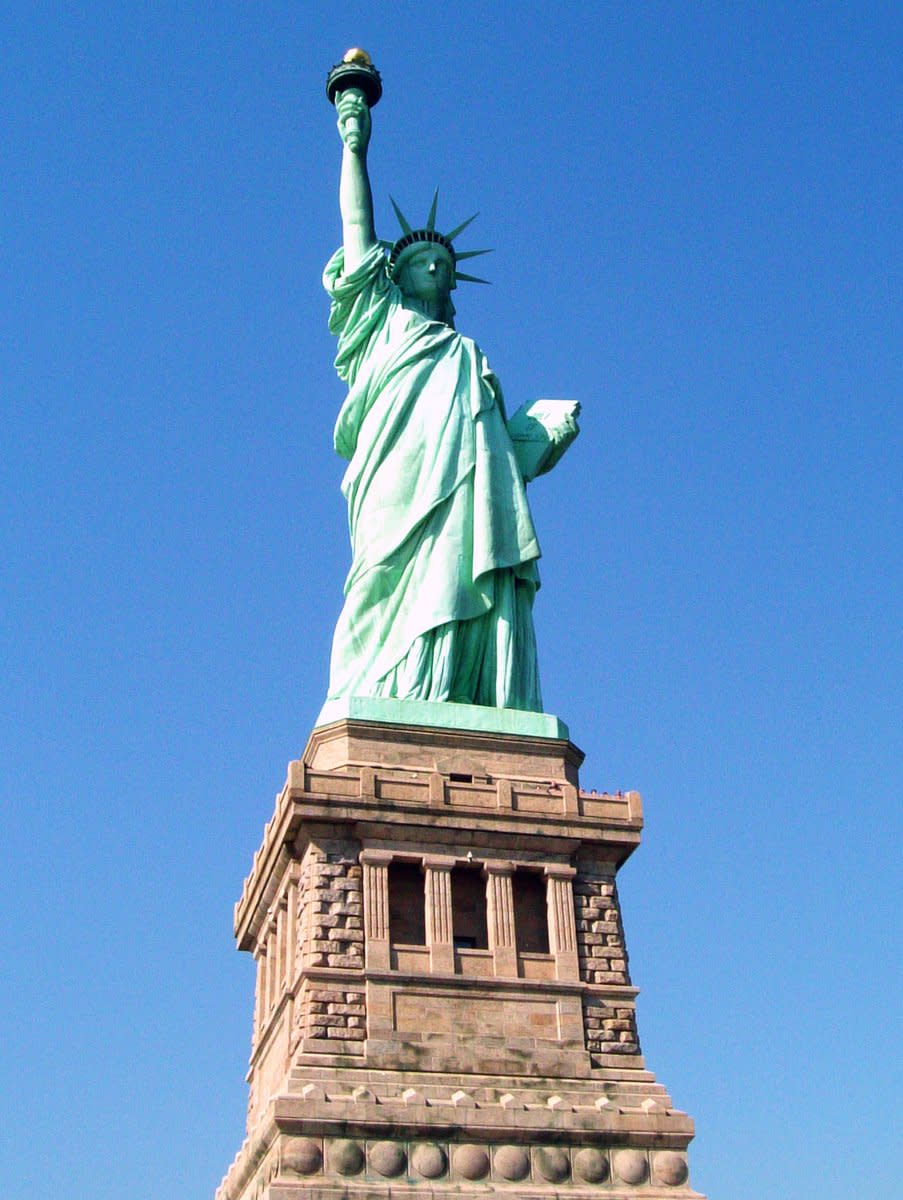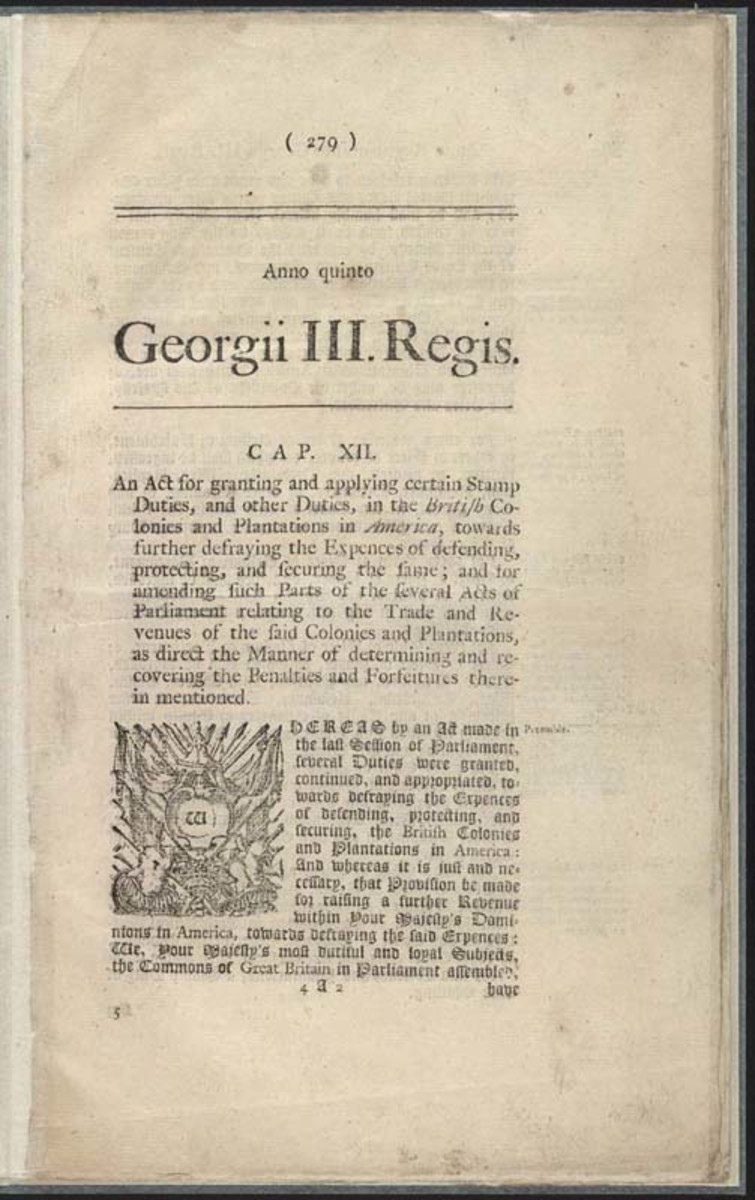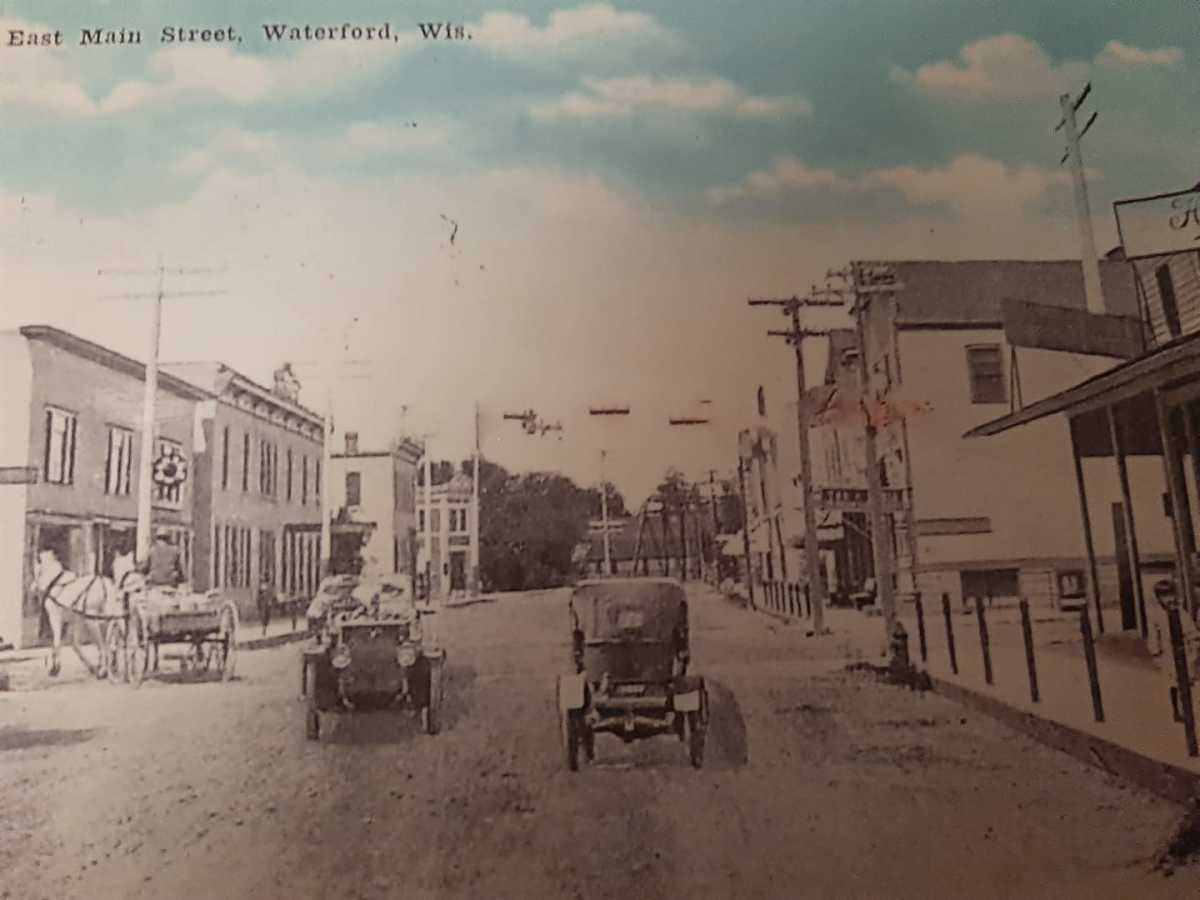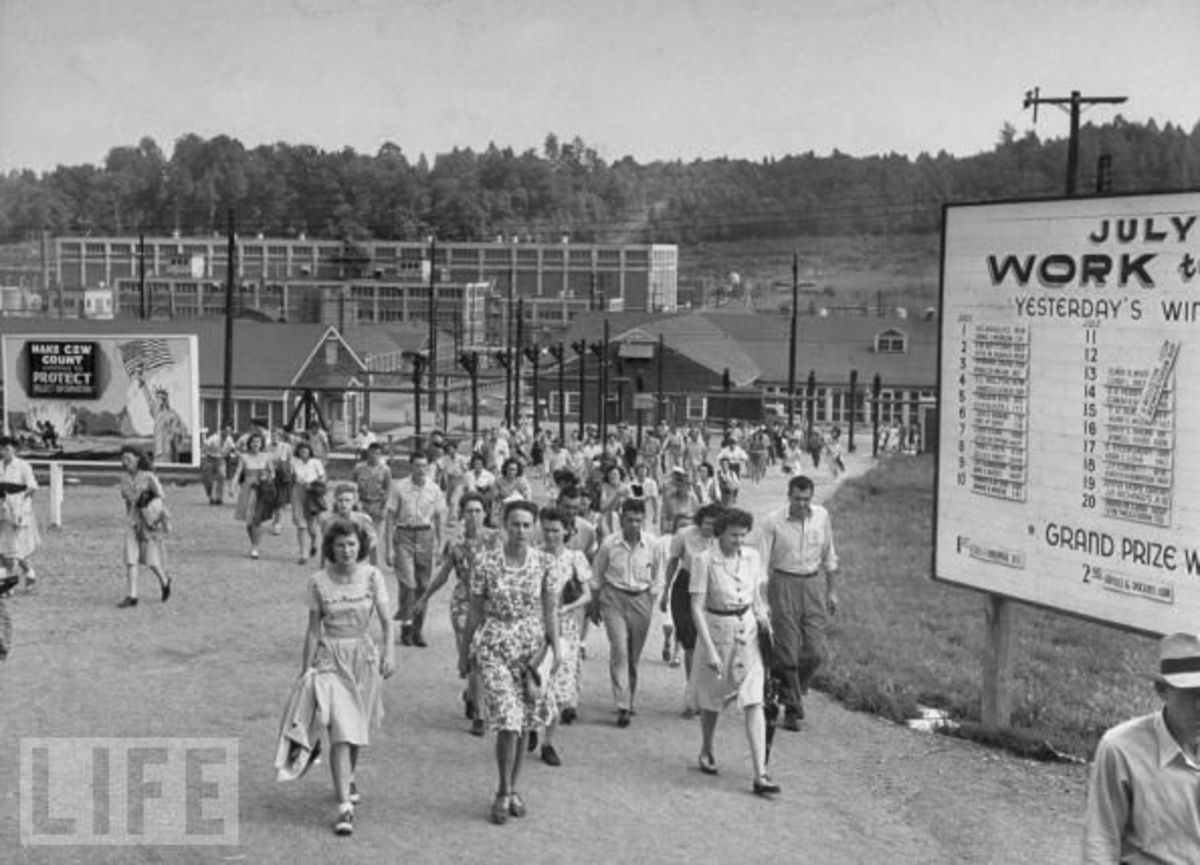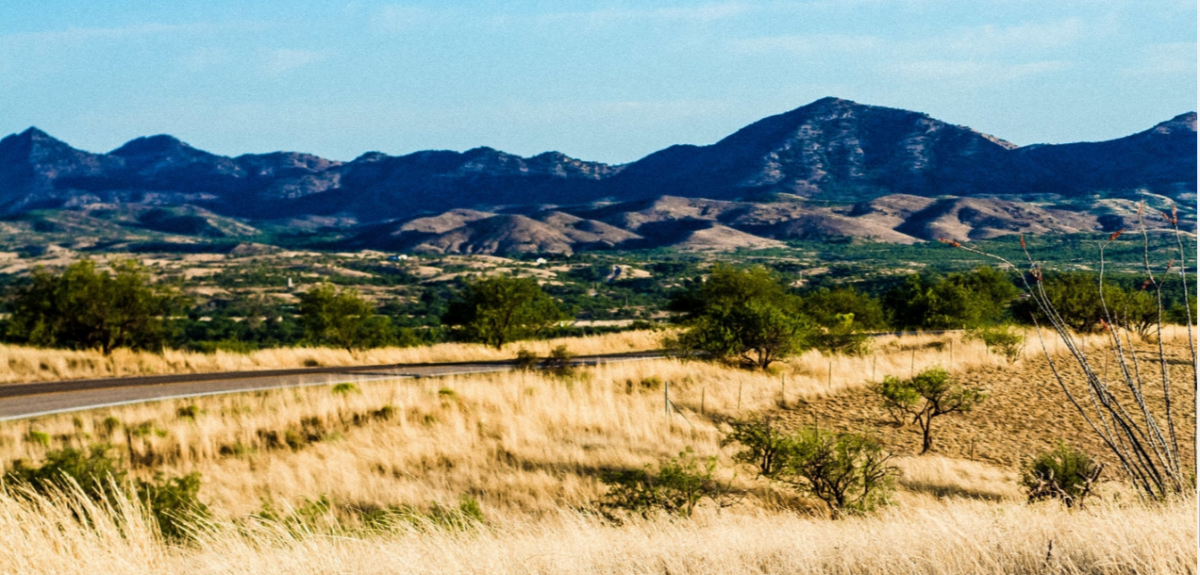- HubPages»
- Education and Science»
- History & Archaeology»
- History of the Americas
History of American towns: Bangor, Maine
Logging
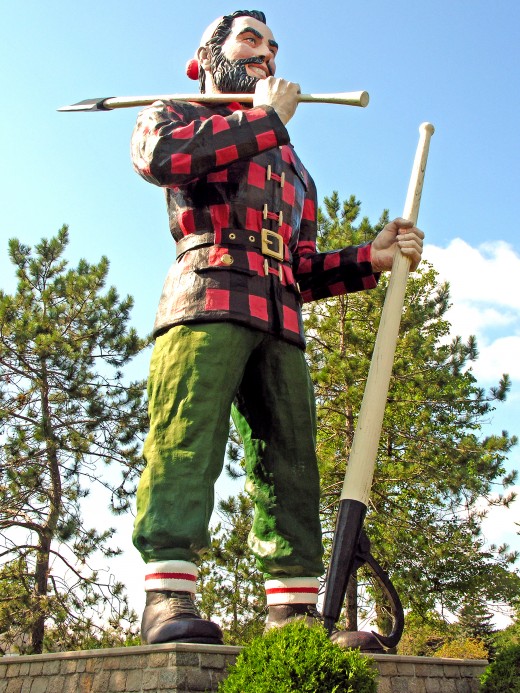
Bangor was named for an Irish Hymn entitled “Bangor” which was said to be the favorite of Pastor Seth Noble who went to Boston initially to name the town of Sunbury.
Samuel de Champlain, the French explorer established a colony in 1604 on an island off the Maine coast. He explored from the Penobscot River to the head of Bangor. Prior to that a Portuguese mariner by the name of Estavan Gomez, sailed up the Penobscot River to the future site of Bangor.
Roger Miller mentions Bangor in King of the Road “Third boxcar, midnight train. Destination: Bangor, Maine.” That’s a phrase that pops into my head every once in a while.
Fishing and fur trading
Early settlers to Maine came for fishing and fur trading. A lot of what we call eastern Maine became a province of Massachusetts after 1759 and lasted until Maine became an independent state in 1820.
Geography
Bangor is in Penobscot County, Maine, United States.
History
The Penobscot people inhabited the area around what is now Bangor. They still occupy land in the Penobscot Indian Island Reservation. French priests settled among the Penobscot and the valley was contested between France and Britain into the 1750’s.
When Jacob Buswell started the British-American settlement in 1769 was known as Condeskeag Plantation. There were 12 families and a sawmill, store, and school. Mary Howard, the settlements first child, was born that year. The first lawsuit was in 1790.Jacob Buswell sued David Wall for calling him “an old damned gray-headed bugar of Hell.” And Rev. Sith Noble “a damned rascall.”
It became the place of many treaty negotiations in which the Penobscot had to give up almost all of their ancestral lands. This was between 1775 and 1820.The tribe had only their main village on an island up-river from Bangor. The settlers called it “Indian Old town.” A white settlement called Old Town was started across the water from the Penobscot village and people started to call it “Indian Island “
In 1980 the Penobscot and the Passamoquoddy tribes received a settlement of $80, million from the U.S. government, according to ehow.com.
American Revolution
In 1779, during the American Revolution, a rebel expedition fled up the Penobscot River after a battle of Castine Maine. They had been beaten with at least nine of their ships burned or captured by the British fleet at Bangor. Paul Revere was a survivor who fled into the woods.
A canon from one of the rebel warships is displayed in a downtown park. Other artifacts are still being salvaged from the riverbed.
War of 1812
During the war of 1812 the British sacked the town after routing the local militia in the battle of Hampton.
Lumber
In the 19th Century the vast forests brought vast wealth to the area with its supplies of lumber. Bangor was the ‘lumber capital of the world” by the 1850’s. It was also one of the busiest ports on the east coast with shipbuilding and commerce. Steam and steel changed this by the twentieth century as Bangor’s sawmills and shipyards gave way to the pulp and paper industries.
As many as 300-400 sawmills were located in neighboring towns while Bangor controlled the capital, port facilities, supplies and entertainment. Bangor capitalist owned most of the forests. Cities like Boston and New York were largely built with Bangor lumber.
Although the east coast was the primary market for Bangor lumber much was also shipped to the Caribbean. During the gold rush period lumber was shipped to California. Maine culture influenced and created such towns as Bangor, Washington, Bangor, California and Little Bangor, Nevada.
Sources
Information for this article was taken from Wikipedia, the bangor maine Home page and ehow.com article.

Conflicts
Sailors and loggers created an image of roughness for the city with the area where they spent their time known as “Devil’s Half Acre.” The same name appears in Pennsylvania. In 1833 a deadly riot occurred because Irish immigrants from Canada and Yankees competed for jobs. It lasted for days and it took the militia to put it down. As a result the city incorporated as the city of Bangor in 1834 because of the need for a police force.
During the bloodless Aroostook war Bangor became the center of political agitation due to a boundary dispute with Britain in 1838-39.Because the British navy had twice brought violence to the Penobscot the local politicians got the Federal government to build a huge granite fort downriver from Bangor. The Fort is Fort Knox at Prospect< Maine.
.
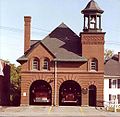
Elaborate Greek revival and Victorian houses were built by lumber barons and still stand on Broadway, and other parts of the city. Bangor also has a number of substantial old churches.
Moccasins
Bangor is the leading producer of moccasins and shipped 100,000 pairs a year by the 1880’s.
Civil rights
Before the American civil war Bangor was the center of anti-slavery politics. The Bangor theological Seminary influenced on its attitudes. A chapter of the American Anti-slavery society and a parallel female Anti-Slavery society were in the city. An anti-slavery candidate for the Liberty Party got more votes in Bangor than anywhere else in Maine and Maine’s first meeting for “Women’s Rights” took place in Bangor with Susan b. Anthony as speaker.
Lincoln’s first vice-president was Hannibal Hampton from close by Hampden, which helped add strength to the local anti-slavery feeling. The anti-slavery republicans became so popular that the Democratic paper was vandalized by a mob that threw the presses and other materials into the street where they were burned. The editor, Marcellus Emery, was threatened but not harmed. He suspended publication until after the war, however.
The city and neighboring area were deeply involved in the Civil War. Bangor’s Civil War hero was Charles A. Boutelle who accepted the surrender of the Confederate fleet after the battle of Mobile Bay.

Milestone Dates after the civil war
1880’s the issue of Eastern Standard Time was debated. For a while there were two different times in Bangor until the state legislature put the entire state on standard time.
1851 Maine was the first state to go “dry” but Bangor managed to stay “wet” by police and politicians non-enforcement due to a system of bribes known as the “Bangor Plan.” which consisted of ritualized fines.
1900 Paper corporations were starting to buy the woods in Maine and building paper mills.
1911 Embers from a hayshed ignited buildings near Kenduseag Stream starting the Great fire of 1911. Most of downtown was destroyed but the city did rebuild. The part of the downtown that escaped the fire is listed in the National register of Historic Places as the “West Market Square Historic District.” Most of the present downtown is listed as the “Great Fire of 1911 Historic District.”
1913. Penobscot county Sheriff was impeached for not enforcing the anti-liquor laws. His successor was asked to resign for the same reasons.
1915. Werner Horn, a German agent, tried to blow up the international railroad bridge at Vanceboro. He was captured and arraigned in on federal charges in Bangor. British gold bunion in the amount of $100 million was shipped from Halifax to New York over the same bridge and through Bangor for war related debts.
1918. Spanish Flue pandemic killed over a hundred. It was Bangor’s worst natural disaster.
1937 Al Brady a public enemy and another member of his gang were killed in the bloodiest shootout in Maine history.
In the late 1960’s urban renewal destroyed downtown landmarks like the old city hall and train station. Now considered a big mistake. It started the decline of the city center and accelerated the construction of the Bangor Mall in 1978.In the 1990’s the downtown started to recover with bookstores, cafes and restaurants, galleries, and museums filling vacant storefronts. Recently the waterfront has also been re-developed.

Milestone Dates after the civil war
1880’s the issue of Eastern Standard Time was debated. For a while there were two different times in Bangor until the state legislature put the entire state on standard time.
1851 Maine was the first state to go “dry” but Bangor managed to stay “wet” by police and politicians non-enforcement due to a system of bribes known as the “Bangor Plan.” which consisted of ritualized fines.
1900 Paper corporations were starting to buy the woods in Maine and building paper mills.
1911 Embers from a hayshed ignited buildings near Kenduseag Stream starting the Great fire of 1911. Most of downtown was destroyed but the city did rebuild. The part of the downtown that escaped the fire is listed in the National register of Historic Places as the “West Market Square Historic District.” Most of the present downtown is listed as the “Great Fire of 1911 Historic District.”
1913. Penobscot county Sheriff was impeached for not enforcing the anti-liquor laws. His successor was asked to resign for the same reasons.
1915. Werner Horn, a German agent, tried to blow up the international railroad bridge at Vanceboro. He was captured and arraigned in on federal charges in Bangor. British gold bunion in the amount of $100 million was shipped from Halifax to New York over the same bridge and through Bangor for war related debts.
1918. Spanish Flue pandemic killed over a hundred. It was Bangor’s worst natural disaster.
1937 Al Brady a public enemy and another member of his gang were killed in the bloodiest shootout in Maine history.
In the late 1960’s urban renewal destroyed downtown landmarks like the old city hall and train station. Now considered a big mistake. It started the decline of the city center and accelerated the construction of the Bangor Mall in 1978.In the 1990’s the downtown started to recover with bookstores, cafes and restaurants, galleries, and museums filling vacant storefronts. Recently the waterfront has also been re-developed.
© 2011 Don A. Hoglund
